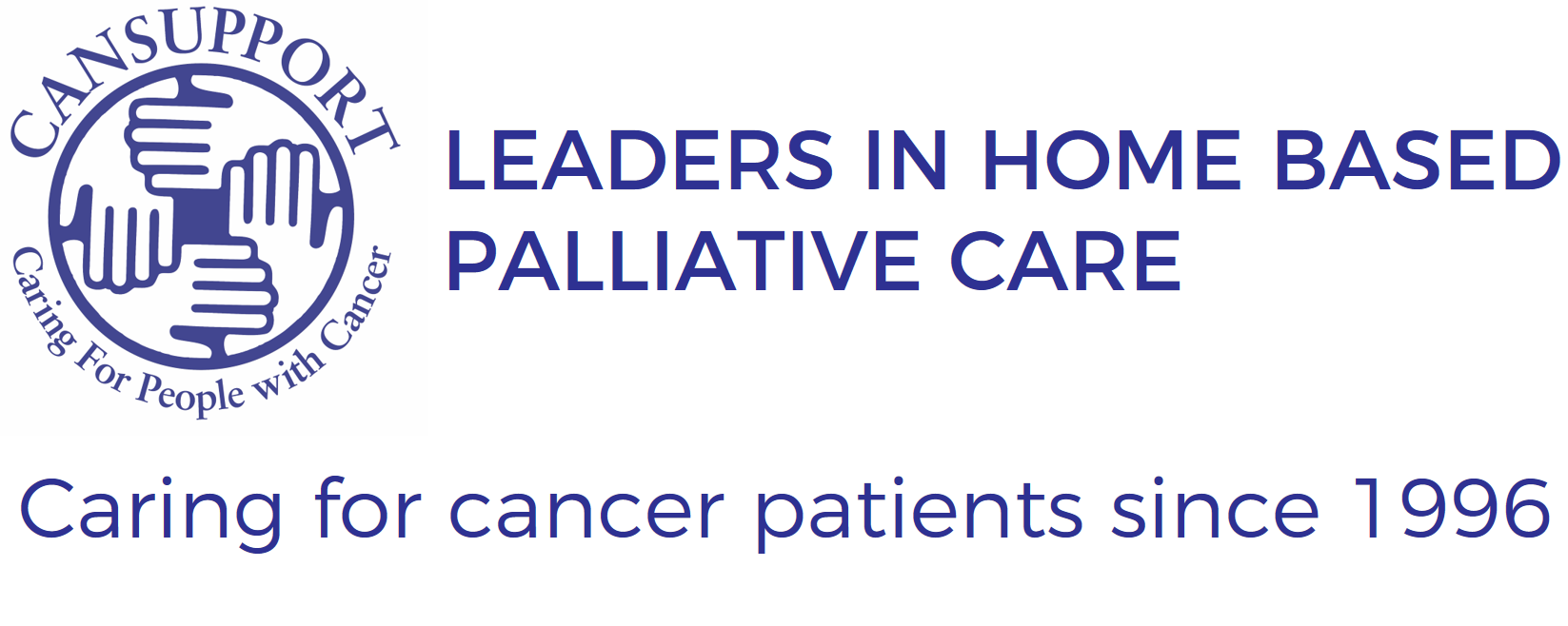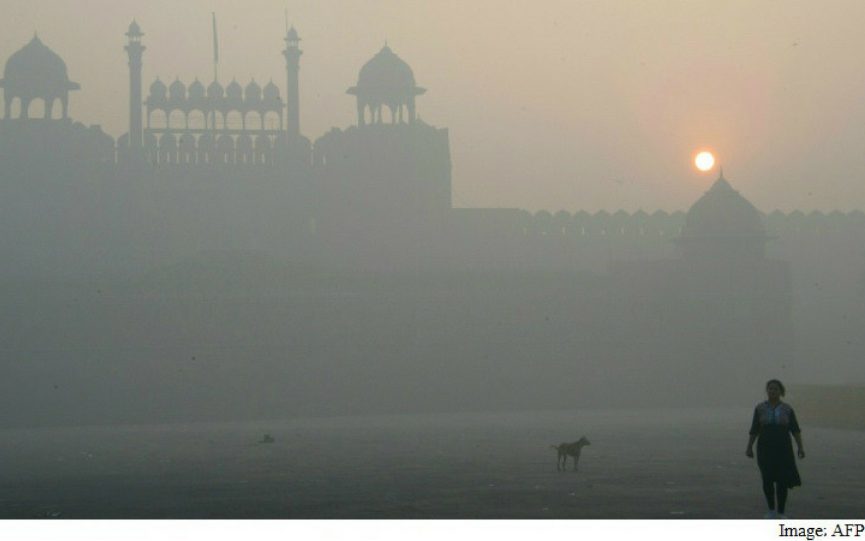The writer is the Ambassador of Mexico to India and a CanSupport patron.
Lessons from Mexico City: Series of steps needed to signal that life can’t go on as usual when the air is so toxic
Some months back, while training at a park in Mexico City, I distinguished the sound of what seemed like running steps behind me. I stopped and turned around to see a policeman stumbling behind me, panting: “Lady, no running, no running!”
I was taken aback by his consternation, so I asked why. Pat came the reply, “You should really check your TV reports before getting out of the house for a run, lady, we are in the middle of an environmental contingency!” I took a look at the Air Quality Index on my phone. It was marked 156.
As I write these lines from New Delhi, the calculation from the same World Air Quality Index Project website for my nearest station at R.K. Puram was 712 on Wednesday evening. This is within the “hazardous” category, which is further described as a “health alert, since all groups may experience serious health effects.”
Oblivious to this sage advice, life in the Indian capital carries on as normal, just as it did during Diwali, when the suspended particulate matter measures hit 999, the highest capacity on this scale, indicating it had literally gone off the charts. I thought back to my home-town, Mexico City, which was considered to be the most polluted city in the world by the United Nations in 1992, but which has made considerable progress in air quality during the last 25 years. As any city with over 20 million people and unfortunate geographical features for air circulation will show to you — Mexico’s capital is located in a valley, which makes it difficult for poisonous air to escape, which means it still has periods in which it struggles with its air quality — the battle to build a sustainable urban ecosystem is an everyday one.
It was in the early 1990s when Mexico City’s inhabitants first became aware of the extent of the devastation that could be caused by pollution. Ever since, the local government has mandated a series of measures on a war footing. These include the compulsory use of catalytic converters in every car, mandatory verification of car emissions every six months, a serious improvement of public transportation, including the expansion of metro lines, a bus rapid transit system by the name of Metrobus, a bike sharing programme, among others. A road space rationing strategy called “Hoy No Circula” (roughly, A day without a car), which was started by civil society and then adopted by the government, restricts the circulation of cars one day per week depending on the last number of their license plates.
A two-phase “Programme for Atmospheric Environmental Contingency” was also created in case of serious spikes in the levels of pollutants. Phase 1 is declared when the levels of ozone reach an equivalent of 0.166 ppm (1 hour average) or when levels of PM10 reach 221 µg/m3 (24 hour average). With Phase 1, the authorities set in motion actions to protect the health of citizens in four different categories: Recommendations, transportation, services, and industries. Schools and government institutions are expected to cease all outdoors activities, civic and recreational. Citizens are advised (as was I) that exercising outdoors represents a health hazard. Healthcare professionals are on alert to receive vulnerable patients and are responsible for spreading information.
Some vehicles are further restricted to circulate from 0500 hours to 2200 hours. All activities pertaining to paving, transit painting, and any public works that hinder fluid transit are prohibited, as well as all burning of firewood or coal. Several industries are forced to reduce their operations to a certain level. All these measures and many others are suspended until pollution descends to the prescribed levels, even if it takes some days, or even some weeks. The Programme for Atmospheric Environmental Contingency is not intended to attack the root causes of pollution, but it is an emergency policy. It can be a powerful tool for shielding vulnerable groups from intense exposure to pollutants, as well as generating awareness among the population about the health risks that extreme air pollution poses. A contingency programme means the issue has a direct impact on the lives of the common man, woman, boy and girl child, and in the case of Mexico City, this disruption has created awareness and dialogue about the importance of air quality.
Curbing air pollution is a serious problem that demands long-term, multi-pronged solutions. Back in the early 1990s, when the crisis reached its peak in Mexico City, one of the most important steps was the relocation of heavy industry to outside the city limits, and the enforcement of stringent standards regarding emissions.
One of the largest oil refineries in the country, the “18 of March” refinery, used to be located within Mexico City, in the borough of Azcapotzalco. The name of this refinery comes from the historical day of March 18, 1938, when the Mexican oil industry was nationalised. On another historical March 18, in the year 1991, the oil refinery was permanently closed for being a disproportionate source of pollution. The refinery shut its activities forever after a ceremony in which then Mexican President Carlos Salinas declared that “what has, until today, been an image of pollution, will be from now on, a symbol of a new ecological cohabitation in Mexico City”. The facilities were dismantled and the grounds on which the oil refinery stood now hold an enormous park with ponds and saplings and trees, playgrounds, grass hills and even an orchidarium that holds endangered flower species.
Mexico City has learnt to keep seeking solutions for the underlying causes of this grave health threat. Considering the impact transportation has on air pollution, the Mexico City government recently signed an agreement with 12 other cities in the C40 group, to procure only zero-emission buses by 2025 and ensure that the city is fossil fuel free by 2030.
The contingency programme has been a functional emergency system for Mexico City. Every city finds the arrangements that work for it, and there is no one-size-fits-all solution. Yet, every city should be actively making the effort of implementing both emergency and long-term programmes.
Unfortunately, Delhi refuses to put in place even the most elemental emergency pollution measures that acknowledge the seriousness of health hazards its outrageously polluted air brings. So here is the question: Will Delhi ever learn even a few lessons from Mexico City?

